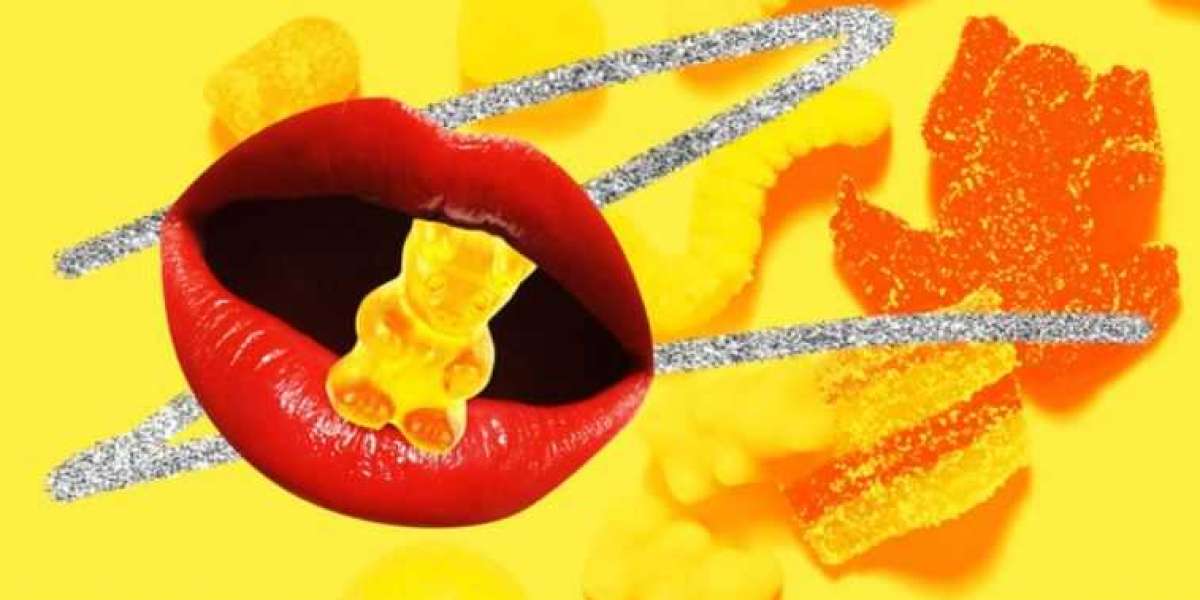Cirrhosis is an end-stage liver condition where the scarring of tissues has occurred to the extent that the liver is impacted and your liver is no longer functioning correctly.
If you have cirrhosis and continue to drink, then you are exaggerating the problem. If the underlying cause of the disease is alcohol consumption, then without a second thought, you have to give up alcohol.
The liver is a highly regenerative organ, and it has the ability to renew its cells, but only at an early stage. Once you are diagnosed with cirrhosis, you can only manage the condition from further progression.
Understand the harsh reality of cirrhosis with alcohol.
Drinking with cirrhosis leads to more and more complications back at you. The disease may already throw normal life out of gear, and if you have cirrhosis and continue to drink, then you are worsening the condition, even if you are undergoing treatment.
- Further deteriorates the liver - if you continue to drink with cirrhosis, you are further damaging the liver at a faster pace, which can further decrease the life expectancy.
- Exaggerated symptoms - as you know, cirrhosis is the end-stage liver stage where you already have severe symptoms; drinking with cirrhosis will lead to more dangerous symptoms that may include brain damage and uncontrolled high blood pressure.
- Liver Cancer - heavy drinkers have higher chances of liver cancer. The last line of treatment for liver failure is a liver transplant.
- Interaction with medications - if you have cirrhosis liver and continue to drink, chances are medications may not show the results it has to show.
What are the stages of liver damage?
Liver damage happens when someone binge drinks for over a decade. The role of the liver is to break down alcohol and through toxins out of the body.
Consuming alcohol at a higher rate will increase the burden on the liver. Fats accumulate over the liver, and over time, the liver has scars.
Fatty liver
The first stage is fatty liver. Fat deposits on the liver, and if you continue to drink, the condition will worsen over time.
The first stage is not dangerous; if you quit drinking, the liver will regenerate itself, which is reversible.
No symptoms will appear at this stage, but if you know about the condition, you have to stop drinking as soon as possible.
Hepatitis Alcohol
It is the second stage, and you will experience some symptoms. Swelling, jaundice, and fluid around the abdomen are some of the common symptoms.
The condition is irreversible, but you can slow the progression with the proper lifestyle and, needless to mention, by remaining sober.
Liver Cirrhosis
Liver cirrhosis is the last stage; the condition is not irreversible. At this stage, life expectancy declines to 2 to 10 years.
Cirrhosis is categorized as compensated and decompensated. Compensated is a condition where the liver partially functions and the life expectancy is up to 10 years.
However, under decompensated, you may get severe symptoms, and the life expectancy is only one to two years.
Final words
If you have cirrhosis and continue to drink, you are further worsening the condition, decreasing the chances of effective treatment.
The first golden rule to combat the liver problem is to live a sober life and give up drinking habits as soon as you are diagnosed with the problem.



